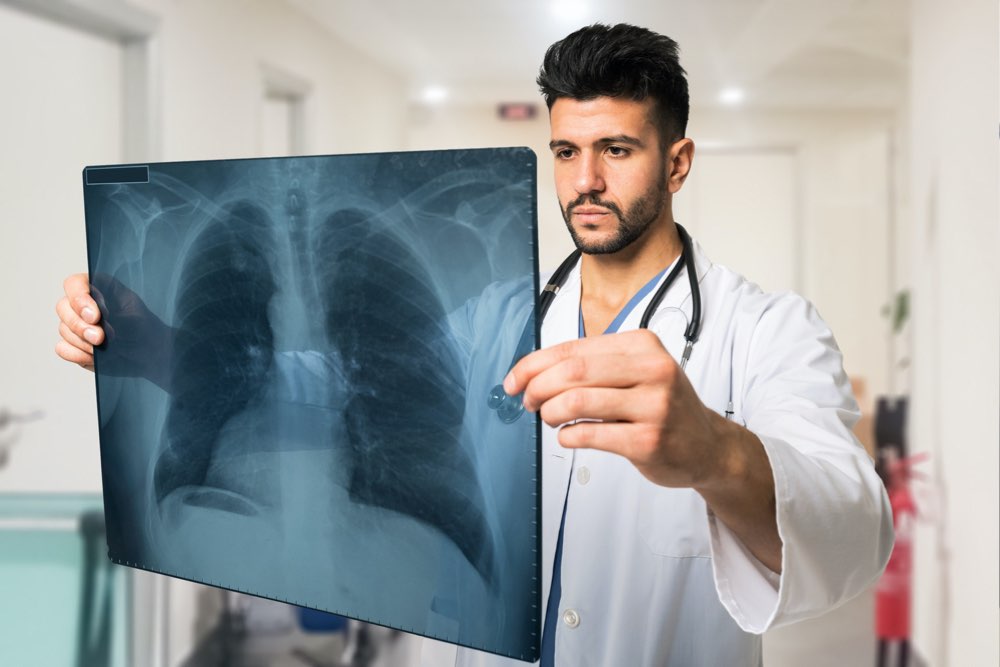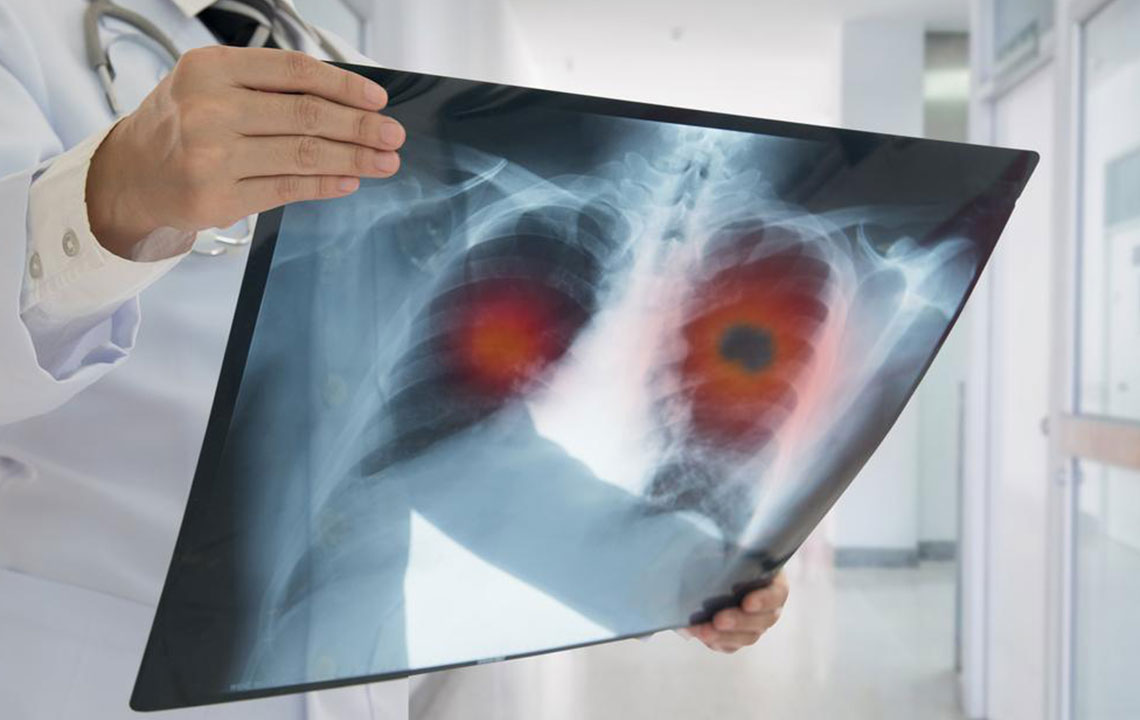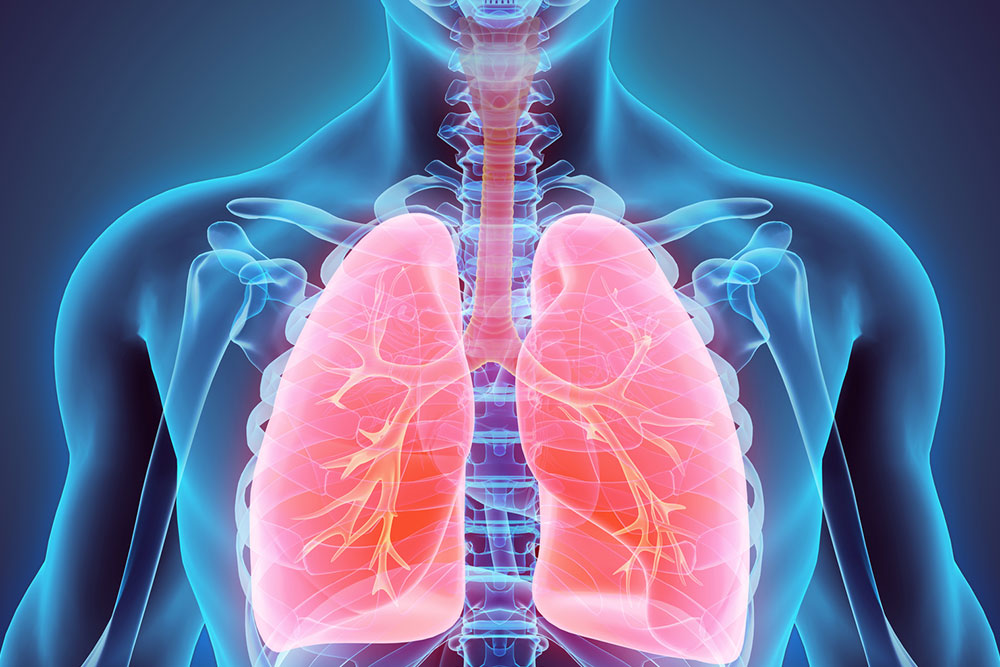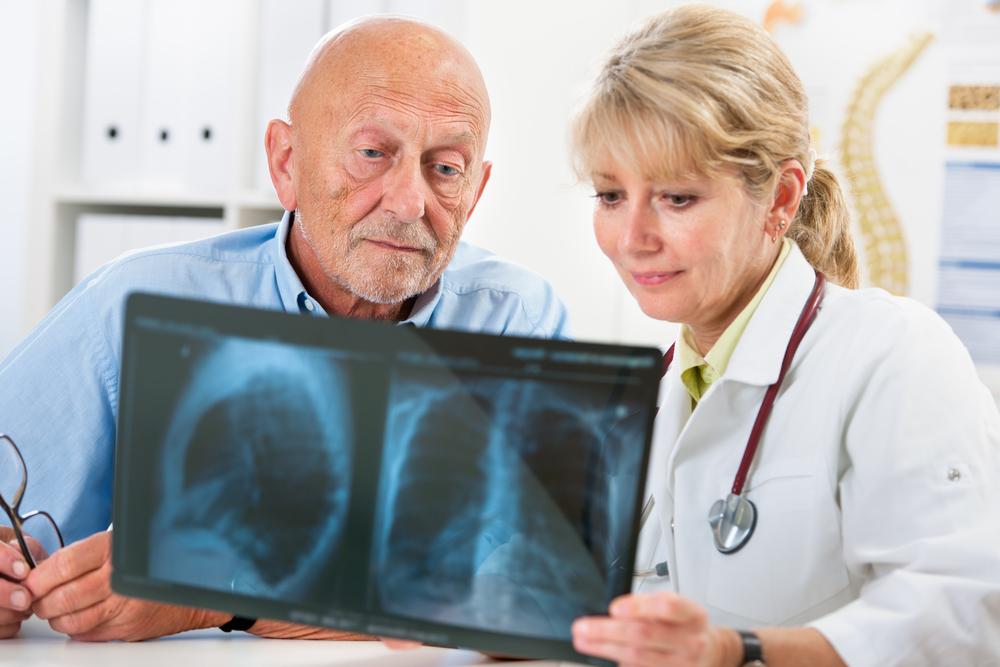Understanding Non-Small Cell Lung Cancer: Symptoms and Treatment Options
This article provides essential information on non-small cell lung cancer symptoms, subtypes, and treatment options, emphasizing early detection for better management. It highlights key symptoms such as persistent cough, weight loss, neurological signs, and fatigue, and discusses targeted therapies and the importance of professional medical support. Available resources for patients and families are also covered, underscoring the need for prompt medical consultation to improve prognosis.

Lung cancer develops when abnormal cells in the lungs multiply rapidly, forming tumors that may spread elsewhere in the body. Non-small cell lung cancer (NSCLC), the most common type, includes subtypes like adenocarcinoma, squamous cell carcinoma, and large cell carcinoma. Adenocarcinoma, primarily linked to smokers but also found in non-smokers, accounts for most cases. Squamous cell carcinoma affects the central lung areas and is associated with smoking, while large cell carcinoma grows quickly and appears in any lung part. Early detection is crucial, as treatment options such as targeted therapy can improve outcomes. Recognizing symptoms like persistent cough, unexplained weight loss, neurological issues, and fatigue is vital for early diagnosis. Resources and support are available for patients and families dealing with lung cancer. Consulting healthcare professionals promptly can lead to better treatment success.










